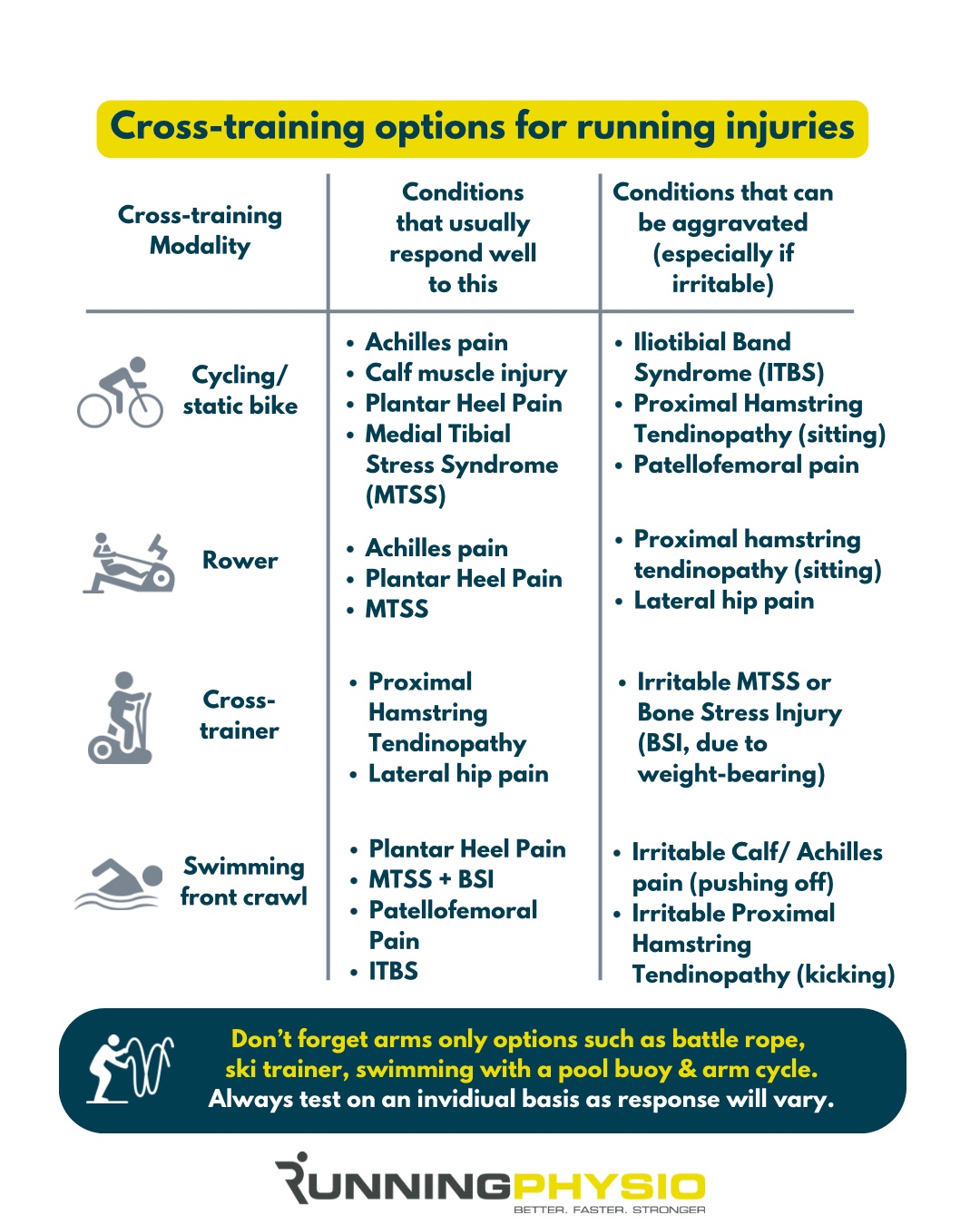
With poor posture combined with increased tension, we habitually use secondary breathing muscles of our neck and upper chest, resulting in inefficient and shallow breathing.
This causes spiraling effects of more tension and restrictions in our neck, shoulders, and upper chest, which often leaves us with compensated spinal and scapular systems. Pain also activates your fight or flight response (sympathetic system), where your body is alerted by stressful situations. Diaphragmatic breathing stimulates the “rest and digest” response (parasympathetic system), which brings balance to your system and helps your body relax.
Studies show that 5-10 minutes of diaphragmatic breathing 3x/day can facilitate relaxation. Diaphragmatic breathing combined with mindfulness meditation might provide a powerful haven to recenter your focus.










